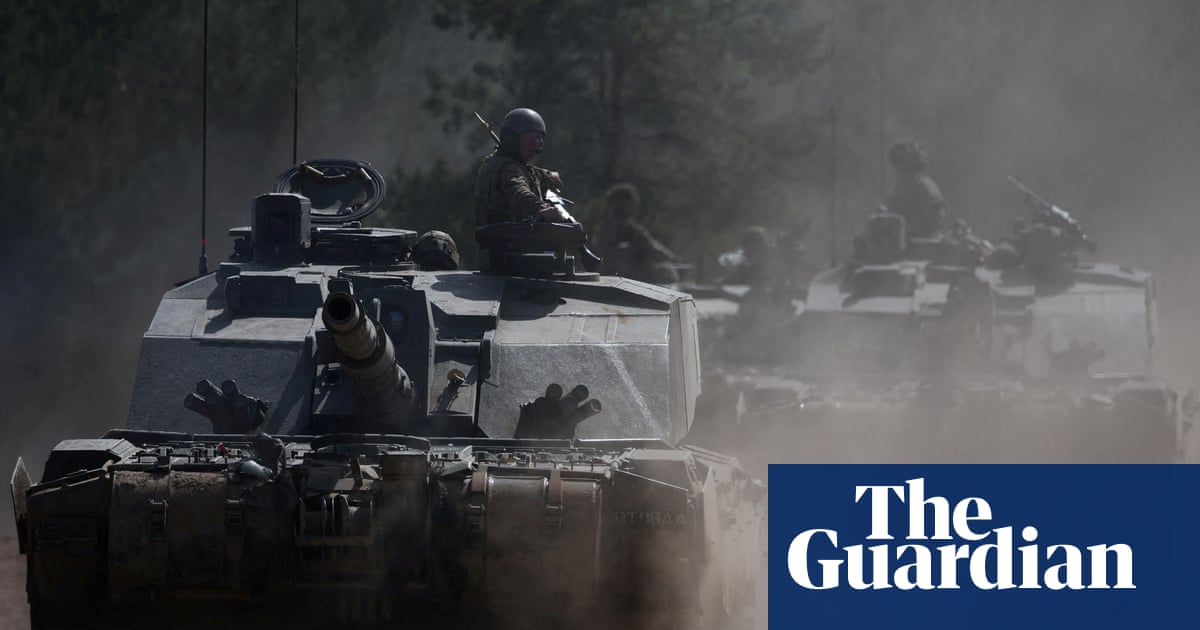Get the latest tech news
War and Wilderness: British Soldiers in Revolutionary America
fighting in the American Revolutionary War were unprepared for the terrain awaiting them across the Atlantic. Many thought that America was determined to destroy them; some felt it had succeeded.
Frustrated at his troops’ slow progress, Lieutenant Colonel Alexander Stewart confided to his commanding officer, Lord Cornwallis, that Marion had rendered any intelligence of the rebels’ strategic position ‘impossible by waylaying the bypaths and passes through different swamps’. Covering some 750 square miles across Virginia and North Carolina, the ‘Great Dismal Swamp’ is thought to have acquired its evocative name in 1728 when the British-educated Virginian surveyor William Byrd II traversed its wetlands in an attempt to establish a boundary between the two states. The English botanist Philip Miller had warned of the manchineel’s toxicity in his popular Gardener’s Dictionary(1731-68): the tree’s sap ‘raise[d] Blisters on the Skin, and burn[ed] Holes in Linen’, while consuming the fruit or its by-products would ‘corrode the Mouth and Throat’, often leading to death.
Or read this on Hacker News

